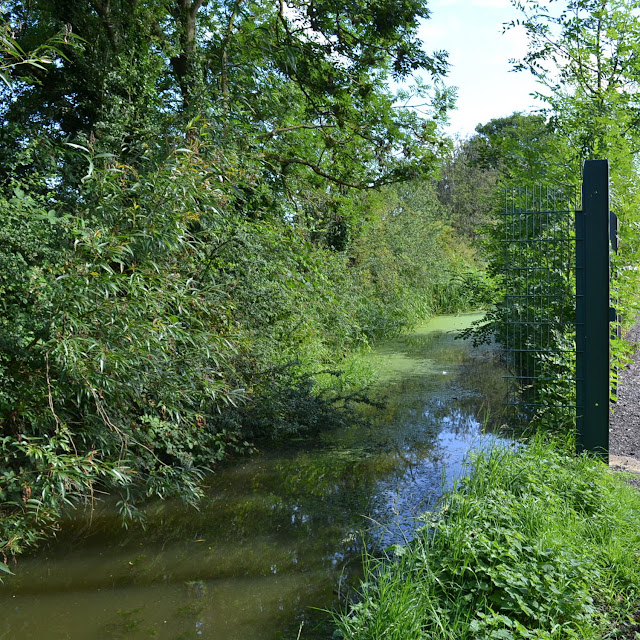One of the things i do a lot is walk along inland waterways. Some i have visited many times and know really well, and indeed in quite a few cases i have walked the full length. In this new series i write about these waterways that are as familiar to me as the inside of my wallet.
The Stratford-upon-Avon Canal starts at Kings Norton Junction where it splits off the Worcester & Birmingham Canal. The canal was built between 1793 and 1816 originally intended as a way to get Black Country coal to Oxford and London without going through Birmingham.
 |
| Kings Norton Junction |
Just by Kings Norton Junction is the Kings Norton Stop Lock, originally intended to stop water flowing from one canal to another (in the days when canals were owned by rival companies). Its the only guillotine stop lock on the canal network.
 |
| Kings Norton Stop Lock |
The canal runs for over 25 miles and has 56 locks. It has feeder reservoirs at Earlswood where a number of manmade lakes were built, these are now used for fishing and a nature reserve.
 |
| Canal feeder channel at Earlswood |
The canal winds on through Warwickshire, meeting the Grand Union Canal at Lapworth (Kingswood Junction). This is considered the boundary between the Northern and Southern sections of the canal. After Lapworth the canal continues south heading through some of the most beautiful countryside to finally end up at Stratford-upon-Avon.
 |
| Wootton Wawen |
The canal has a junction with the river Avon, in the original plans for the canal it was intended for the canal to stop short of the river (about where the railway station is now) but wiser heads prevailed. By the 1950s the canal was in a poor state with navigation impossible on the Southern section. This section was put at risk at Wilmcote where a bridge (bridge 59) needed replacing and the council wished to avoid the expense of providing sufficient headroom by applying to have the canal legally abandoned. Two canoeists proved the canal could still be used and the canal survived. In the 1960s it was restored to working order by pioneering the use of volunteer labour (and also prisoners from Winson Green HMP!), the process of which helped also spur on the survival and restoration of canals elsewhere in the country.
 |
| Bridge 59 in Wilmcote |
Nowadays the canal is very popular with pleasure boaters with Bancroft Basin in Stratford always busy with visitors to the historic town. I've visited the canal dozens of times over the years (and taken 1000s of photographs!) The following links may give an idea of what the canal is like:
 |
| Bancroft Basin in Stratford-upon-Avon |





